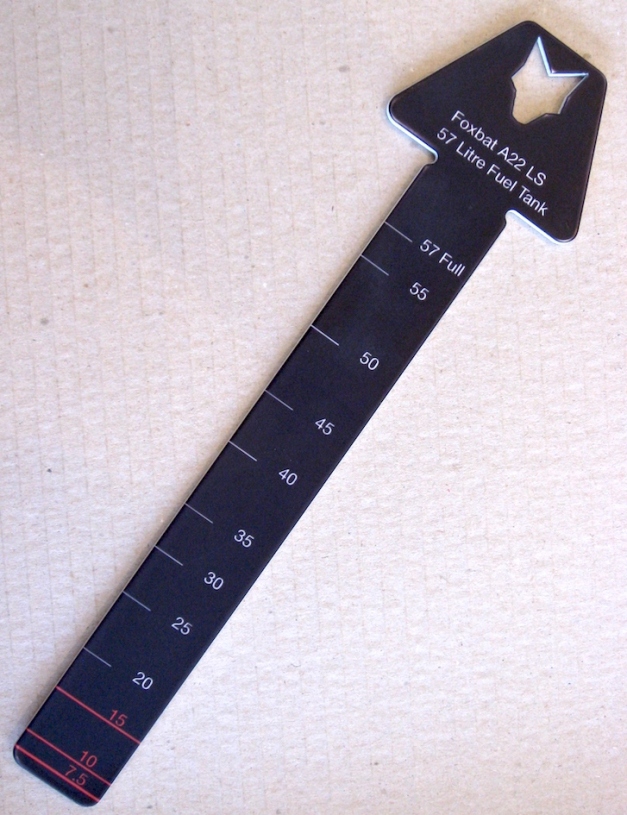 Here’s a cautionary tale about running out of fuel. It is a summary of an actual accident/incident where, thankfully, only pride was hurt.
Here’s a cautionary tale about running out of fuel. It is a summary of an actual accident/incident where, thankfully, only pride was hurt.
The Cessna 150L pilot reported that, before departure, the fuel gauges were checked and that the fuel tanks were estimated to be just under 1/2 full and contained no less than 10 gallons (38 litres) of fuel. The total aircraft fuel capacity was 26 gallons (98 litres), of which 3.5 gallons (13 litres) were listed as unusable. The pilot was unable to measure the fuel exactly because they had dropped the measuring stick into the fuel tank.
The flight departed the airport and about one hour 15 minutes after departure and about 10 miles from the destination airport, the engine lost total power. The pilot unsuccessfully tried to restart the engine and subsequently performed a forced landing safely into a field.
A post-accident examination revealed that the fuel tanks were not breached and that they contained a total of 1/2 gallon (just under 2 litres) of fuel.
The pilot reported that, before departing the airport, the weather was checked, indicating that wind aloft conditions were a left quartering headwind at 6 knots. However, the wind aloft report from a station about 10 nautical miles from the accident indicated that the wind aloft conditions ranged from a quartering headwind of 10 to 35 knots depending on the altitude of flight, which therefore increased the duration of the flight.
The pilot stated that the engine consumed about 4.4 to 5.6 gallons (17-21 litres) of fuel per hour. However, a review of the owner’s manual performance charts revealed that the engine could consume up to 7 gallons (26.5 litres) of fuel per hour.
Because of the headwind, the flight was longer than predicted and came to an end after one hour 15 minutes.This would have required up to 8.75 gallons (33 litres) of fuel. The pilot took off with about 6.5 to 8.5 gallons (25-32 litres) of usable fuel. It is thus likely the plane did not have enough fuel to reach the destination airport, and the engine lost total power as a result of fuel exhaustion.
The investigating authority determined the probable cause of the incident as a total loss of engine power due to fuel exhaustion, which resulted from the pilot’s inadequate preflight inspection and preflight and inflight fuel planning that did not account for increased headwind.
Learning points:
– don’t drop the fuel stick into the tank!
Foxbat fuel dipsticks have been designed to prevent this happening
– don’t rely on the fuel gauges
Apart from their inherent inaccuracy,there can be different readings on the ground and in the air
– if in doubt, put in some more fuel
Personally, I aim for at least an hour’s flying remaining in the tanks when I land
– if you can, use a GPS to check your times and ground speeds during the flight
Sadly, wind forecasts are almost always wrong
– always keep a lookout for suitable paddocks for ‘off airport’ landings

Good timing Peter. Dropped my dip stick into my Foxbat tank (previous Foxbat design) last weekend. Recovering it was VERY difficult! I will be modifying mine to prevent further fishing games!
Cheers
Mike
Ps. Thx Bryce for the recovery.